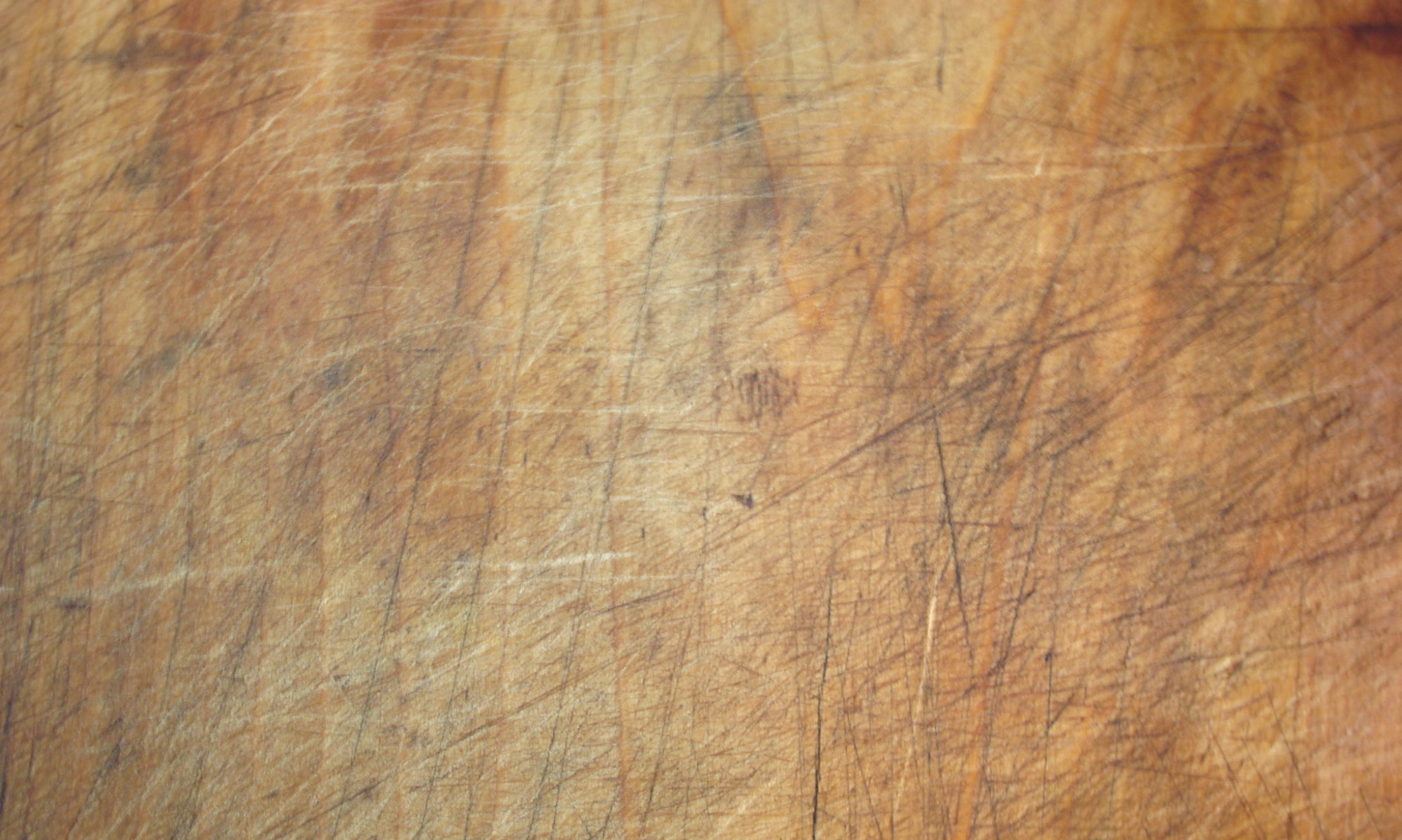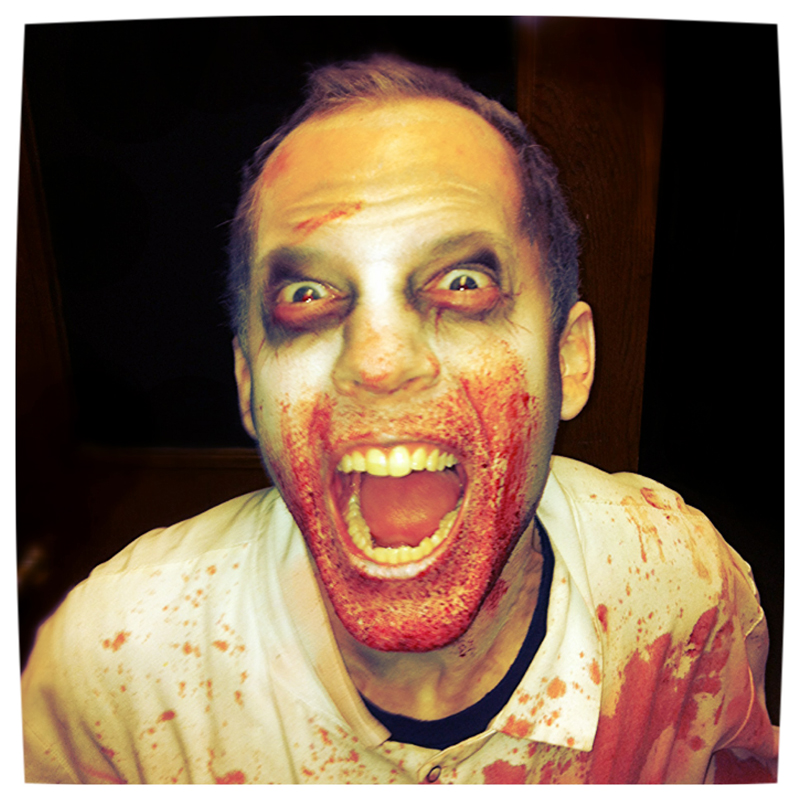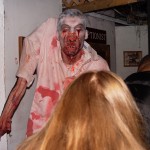This weekend, I did the unimaginable: I switched sides of the bed with my husband. Traditionally, I sleep on the right side of the bed, he, on the left. Every two years or so, it becomes evident, when neck, shoulder or arm pain arises, we’re both ready to make the switch. It’s baffling why my sleep position can become as static as some books in my nightstand, especially since sleeping in the same position, night after night, year after year, will obviously impede blood circulation and compress nerves. Waking up to my habitual sleep patterns is so difficult because getting into bed grants me permission to drop all conscious self-monitoring, letting the unconscious autonomic nervous system do the work of restoration. Yet sleep, that delicious still yin time, can be a silent minefield of somatic bombs waiting to detonate if I don’t pay attention to my body’s signals. That slight tightness in my neck and that insistent ache in my elbow and upper arm, all on the right side, are the signals telling me it’s time to unpin myself from the bed.
After changing sides of the bed, cleaning up every other part of our passive nocturnal den became an active imperative. The dust under the bed: gone. The pillows that make us sniffle: gone. The previously read books and journals with no entries on my nightstand: gone.
Last night, while comfortably left lying on the left side of the bed, I resisted yearnings to turn back to my old right sided ways. I reflected on how the yin-yang symbol isn’t a mere philosophical abstraction, it is a how-to diagram from one of the most ancient instruction manuals, giving direction for turning the knob on our life experiences. If we are stuck in chronic self-harming patterns, in pain or polarized – switch it up, be flexible, and make changes.
This morning, waking up on the wrong side of the bed never felt so right (or, do I mean left?).



